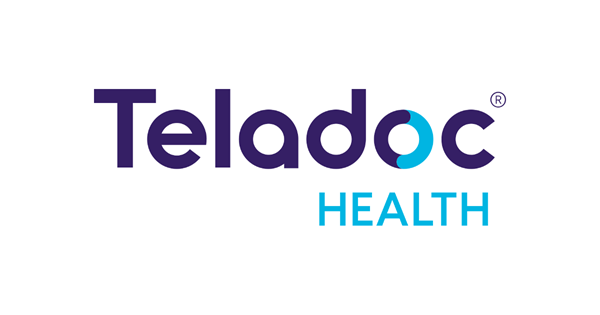
Teladoc Health reported a slight decline in revenue for the third quarter of 2025, primarily due to slower performance in its direct-to-consumer mental health business, BetterHelp. Despite this, its Integrated Care segment continued to grow.
For the quarter ending September 30, 2025, Teladoc generated revenue of $626.4 million, a decrease of 2 per cent compared to $640.5 million the previous year. The company reported a net loss of $49.5 million, or $0.28 per share, which is an improvement from a loss of $57.1 million, or $0.35 per share, during the same period last year. Adjusted EBITDA also fell by 16 per cent, totalling $69.9 million.
CEO Chuck Divita stated that the results were in line with expectations and reflected consistent operational execution. "We once again delivered consolidated revenues and adjusted EBITDA within the upper half of our guidance ranges, demonstrating our commitment to serving clients and members,” Divita remarked. “Looking forward, we remain focused on advancing key strategic priorities, including growth in our Integrated Care segment and expanding insurance acceptance in BetterHelp.”
By business segment, Integrated Care revenues increased by 2 per cent to $389.5 million, with an adjusted EBITDA margin of 17.0 per cent, supported by growth in chronic care management and virtual primary care. In contrast, BetterHelp revenues declined by 8 per cent, totalling $236.9 million, with an adjusted EBITDA margin of 1.6 per cent, as the company continues to transition its online therapy platform to insurance-based models.
Geographically, U.S. revenue fell by 5 per cent to $509.8 million, whereas international revenue grew by 12 per cent to $116.7 million, reflecting increasing demand in Europe and emerging markets.
Teladoc reiterated its commitment to expanding access to integrated virtual healthcare solutions and improving profitability through operational efficiencies and strategic growth initiatives across both business segments.